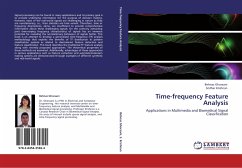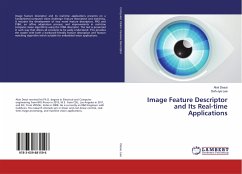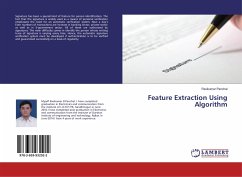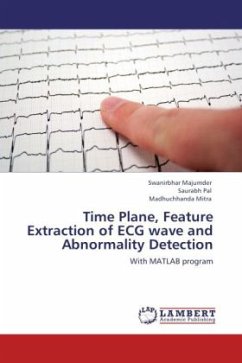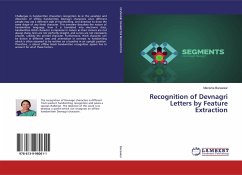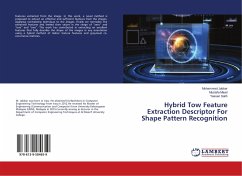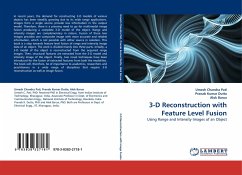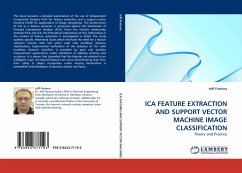Signal processing can be found in many applications and its primary goal is to provide underlying information for the purpose of decision making. However, most of the real-world signals are challenging in nature as they are nonstationary, i.e., their statistics are time variant. Therefore, time or frequency descriptions, alone, are insufficient to provide comprehensive information about these challenging signals. On the contrary, extracting joint time-varying frequency characteristics of signals has an immense potential for revealing the nonstationary behaviour of signals better. This book is an attempt to develop a generalized time-frequency (TF) analysis methodology that exploits the benefits of TF distribution in pattern classification systems as related to discriminant feature detection and feature classification. This book describes the traditional TF feature analysis along with recently proposed approaches. The theoretical properties of these methods are examined. Additionally, advantages of these approaches in various applications such as feature extraction and automated-decision making systems are demonstrated through examples of different synthetic and real-world signals.
Bitte wählen Sie Ihr Anliegen aus.
Rechnungen
Retourenschein anfordern
Bestellstatus
Storno

